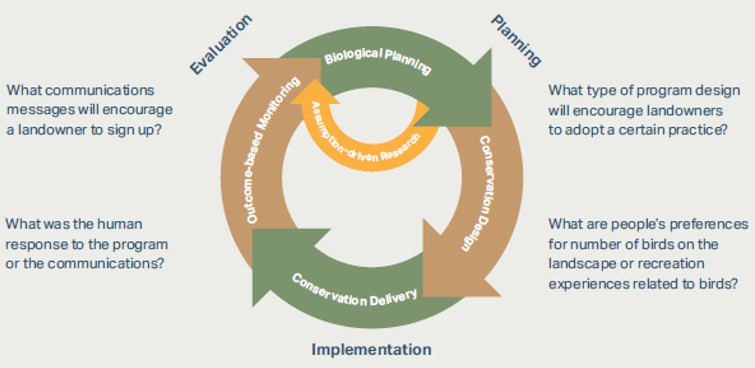How We Work
The CVJV works with policymakers, state and federal agencies, private landowners, local governments, conservation organizations, corporations and other private funders to improve the Central Valley for birds and people, coordinating strategic investments on the ground, guided by our science based CVJV Implementation Plan.
Peek at What We Do in Our Award-Winning Video!
Science
The CVJV applies the best available science to develop our conservation objectives. Experts on each bird group use existing data from the region, employ established methods, and develop new methods, to estimate the number of individual birds and associated acres of habitat required in the Central Valley to support viable bird populations.
- Emerging climate science suggests that natural landscapes play an indispensable role in stabilizing the climate and slowing climate change.
- The CVJV’s 2020 Implementation Plan Update sets science-based objectives to direct the voluntary conservation and improvement of bird habitat in the Central Valley.
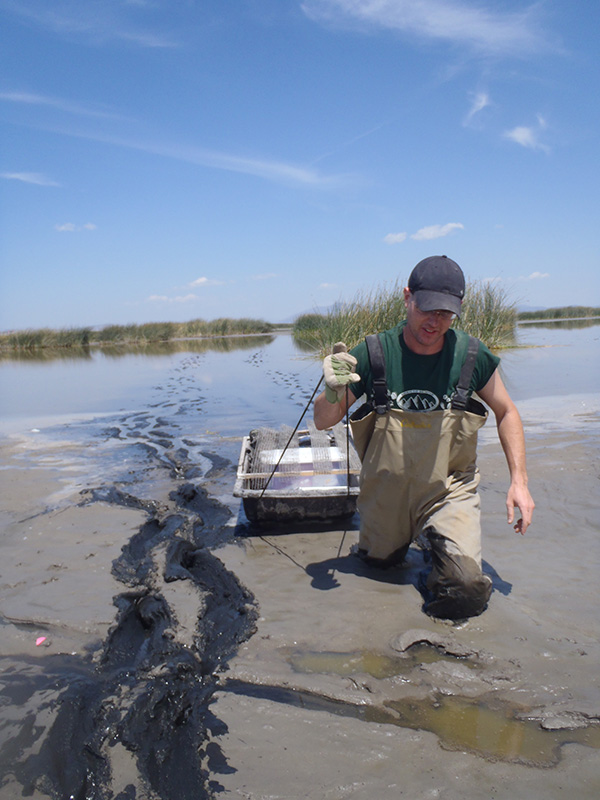
Mike Peters
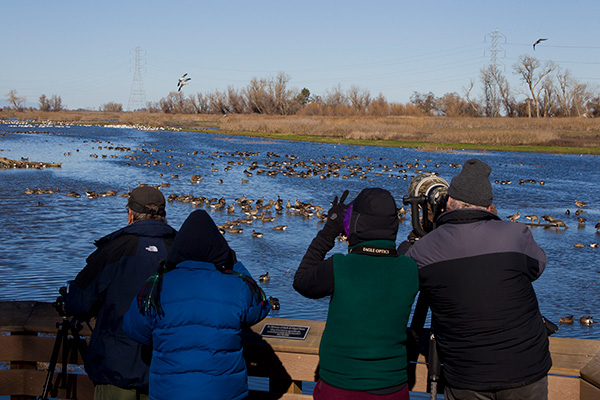
Mike Peters
Linking People to Conservation
Understanding the social science, or human dimensions, aspects of conservation is critical to CVJV’s success. Only by working with people are we able to reach our bird and habitat conservation goals and objectives.
JVs strategically use communications, education, and outreach to develop tools and resources that are targeted to key audiences, providing the information and tools to succeed.
Learn more about the role of social science in our work.
Environmental Policy
The CVJV drafts and reviews legislation in support of our Plan objectives, such as the Central Valley Plan Improvement Act (CVPIA 1992), which remains one of the most important legislative actions taken to protect and restore Central Valley wetland habitat, laying the foundation for significant and beneficial conservation activities for years to come.
Learn more about the legislation the CVJV has supported and their impacts.
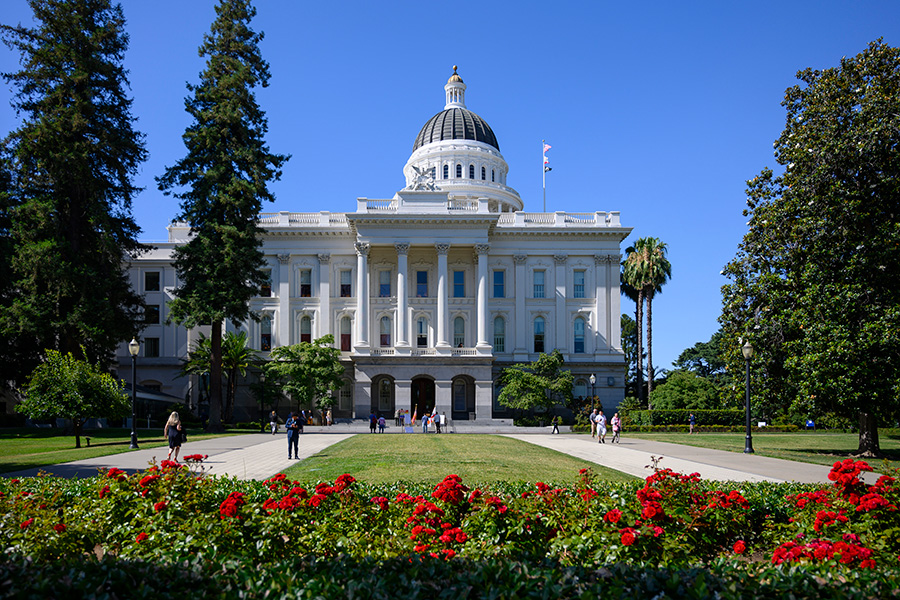
Wayne Tilcock, California Waterfowl Association
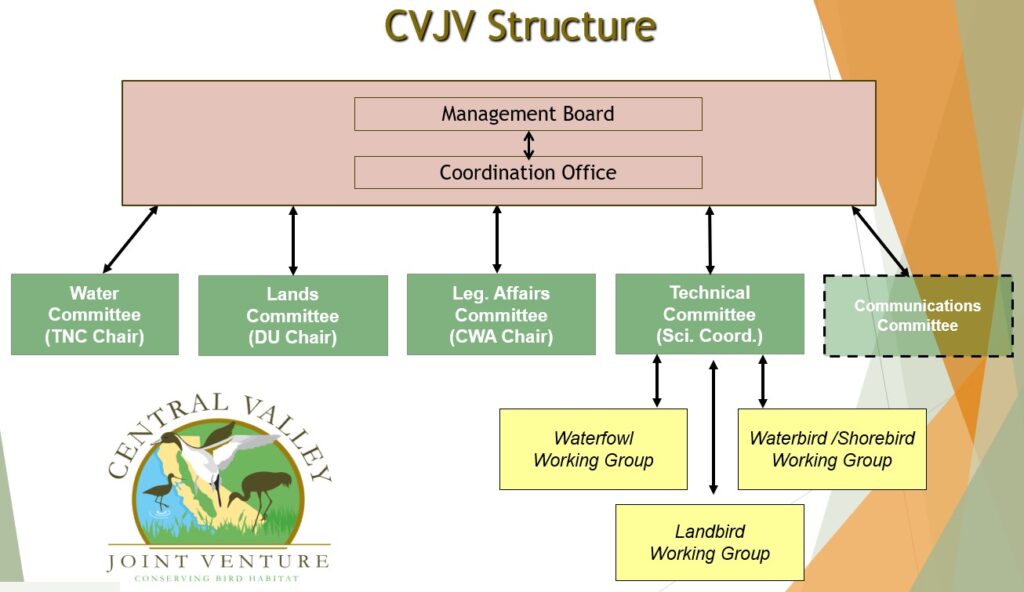
CVJV
Structured to Succeed!
The CVJV is guided by an independent 20-member Management Board that receives input and recommendations from a variety of working committees. The U.S. Fish and Wildlife Service play an additional role as the coordination office.
CVJV Structure
Management Board
The CVJV Management Board is comprised of representatives from the agencies, conservation groups and a corporation. Their purpose is to provide overall leadership, guidance, resources, and support for bird habitat conservation within the CVJV administrative boundary. Each member is responsible for ensuring that their agency/organization contributes to the overall goals of the CVJV.
Executive Committee
Purpose: Decides on urgent issues that require immediate action between regularly scheduled board meetings and provides the board with recommendations.
Lands Committee
Purpose: To plan, coordinate, and oversee CVJV protection and restoration activities, in support of those stated objectives in the Implementation Plan.
Legislative Affairs Committee
Purpose: To develop institutional support for CVJV objectives, and to draft and monitor legislation, including appropriations and potential funding bills, which may affect the ability of the CVJV to achieve its mission, and the objectives of the Implementation Plan.
Technical Committee
Purpose: To provide broad scientific support to the CVJV, including monitoring, evaluation, and research, in order to strengthen the biological foundation for the CVJV to achieve its mission.
Water Committee
Purpose: To plan, coordinate, and oversee the implementation of the CVJV’s water objectives, especially as they relate to public and private wetland water supplies in the Central Valley.
Ensuring Coordinated Local Conservation Delivery
High-Level Plans
Tying high-level plans and initiatives together, stepping-down those objectives to the regional and local levels, and assuring local conservation results that contribute to national and international conservation goals.
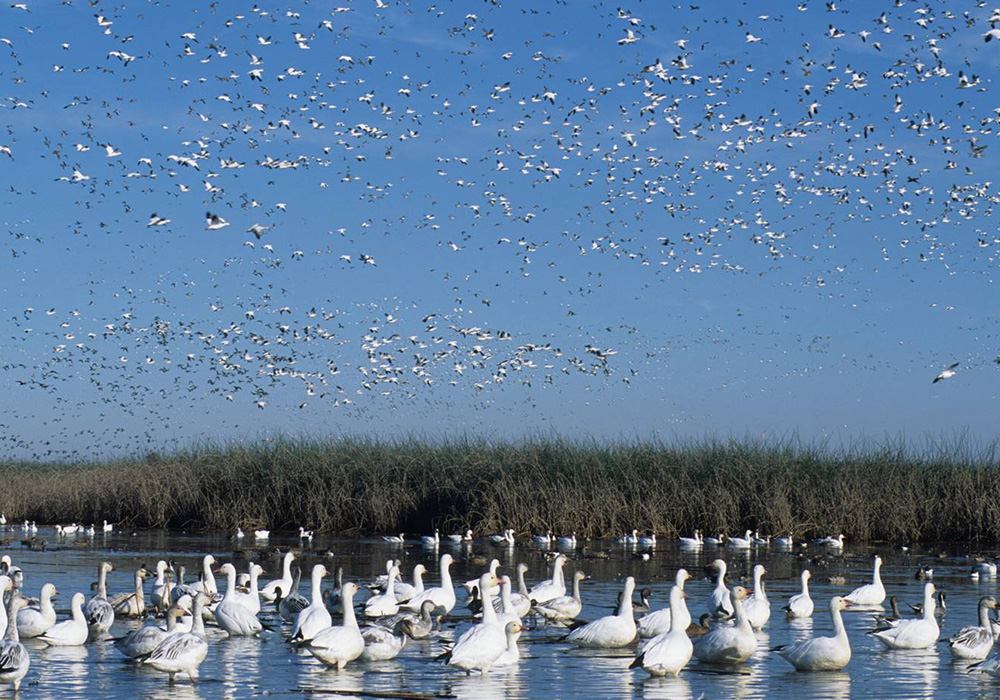
Steve Emmons
Strategic Habitat Conservation Method
Our adaptive resource management framework uses an iterative process to evaluate the effectiveness of ongoing habitat management actions.
It encompasses four broad elements:
- Biological planning,
- Conservation design,
- Conservation actions/implementation, and
- Monitoring and research.
Strategic Habitat Conservation moves wildlife conservation beyond the opportunistic and into the strategic realm, using an adaptive framework to ensure continued learning and enhancements are integrated into the conservation strategy.
Scenario Planning
Natural resource managers face unprecedented challenges from changing factors like land use, drought, climate change and invasive species. These challenges introduce uncertainties that complicate decision-making.
The CVJV used scenario planning as a structured way to develop future narratives based on key uncertainties and develop actions that would achieve the CVJV objectives under those futures.
Two key drivers were identified:
- Water availability, expressed as a gradient from high water supply to low water supply, and
- Conservation opportunity (the cost of purchasing land for conservation + public support and funding for conservation + hunter numbers, a major driving factor for conservation in the Valley).
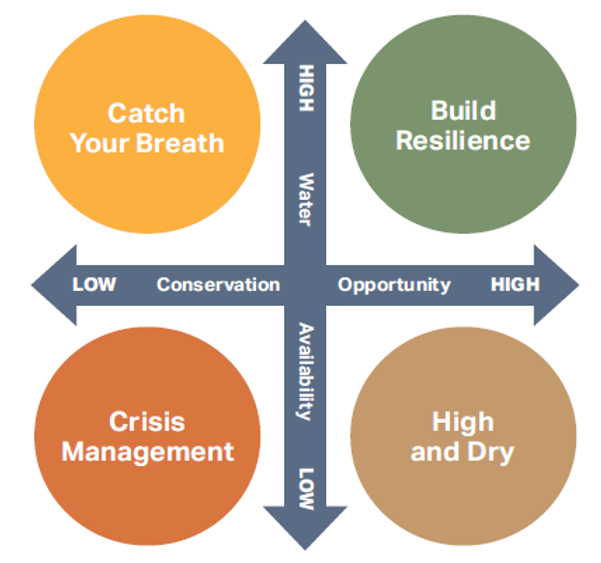
CVJV 2020 Implementation Plan
Implementation Plans
The CVJV Implementation Plan provides practical information to guide policymakers, state and federal agencies, local governments, private landowners, and others, working collaboratively to improve the Central Valley for birds and people.


